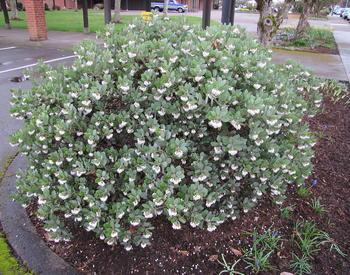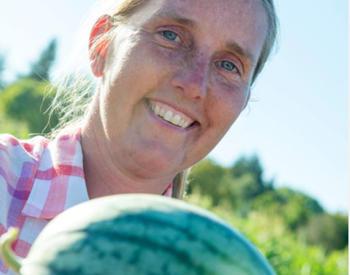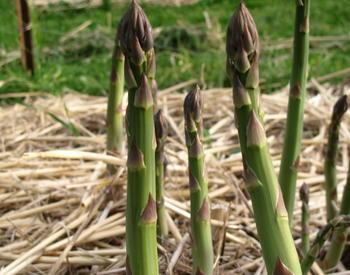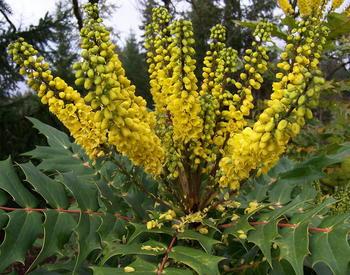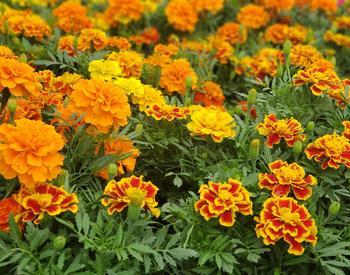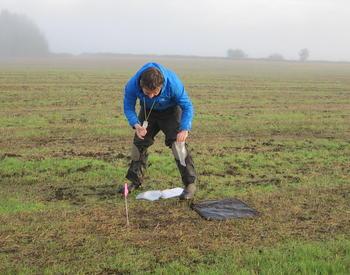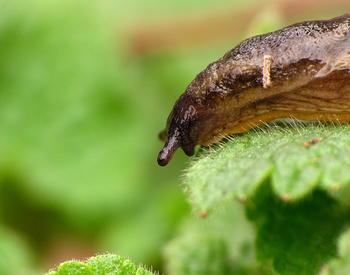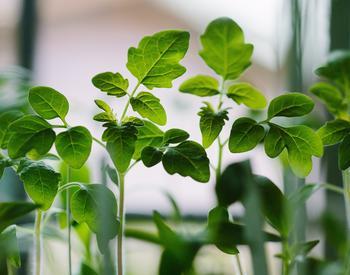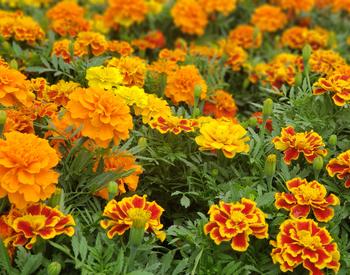CORVALLIS, Ore. – Need a summer cover crop to add nutrients to your garden's soil? Try planting buckwheat.
“This crop provides many benefits for the home gardener,” said Clare Sullivan, a field crops expert for the Linn, Benton, and Polk county offices of the Oregon State University Extension Service.
“The fast growth and dense canopy smothers annual weeds, protects the soil from erosion, and helps conserve soil moisture,” Sullivan said. “The abundance of blossoms attracts pollinators and beneficial insects, and in a pinch, buckwheat can be added to a bouquet."
Buckwheat's many fine roots help loosen the topsoil. The roots are also efficient at accessing phosphorus within the soil, which is then stored in the plant's tissues. When buckwheat residues are returned to the soil, the phosphorus becomes available for the next crop.
Its fast growth makes it ideal for planting in places that might be left bare over summer, such as spare garden beds whose spring crops are harvested or whose fall crops have yet to be planted. So plant buckwheat in the spring to early summer, at a time when your garden area will be empty for six to seven weeks. Buckwheat prefers moist, well-drained soils. It also tolerates those with low fertility and decaying organic matter. It will not do well in too much shade or drought, or in compacted or saturated soils, Sullivan said.
Bed preparation for planting depends on the condition of the garden. It can be seeded directly into a clean bed or you can gently till the soil and wait about a week for organic material to decompose before seeding. Ensure the bed has been watered ahead of time and then scatter the seed over it at a rate of about 1 pound per 500 square feet of garden space— or about 3 ounces per 100 square feet—and then rake and water the seed in.
Because of the large seed size and shape, buckwheat can germinate within days of planting, especially if the soil is warmer than 55 degrees. Although buckwheat does not require much water, plants will wilt on hot summer afternoons but bounce back overnight.
Buckwheat reaches flowering stage at about 2 to 4 feet high after a month or so. It continues to flower for several weeks and sets seed 2 to 3 weeks after flowering has started. Mow or cut down buckwheat within a week and a half of the first flowering to avoid setting seed.
“If buckwheat is mowed too late, it can become a weed in the following crop. You want to make sure to cut down the plants before the first seeds mature—before they start to turn brown and harden," said Sullivan, who added that buckwheat is easy to kill and is sensitive to frost, so it will die over winter.
After mowing or cutting, the buckwheat residue can either be left on the surface or turned into the soil, depending on your goal. Mulch left on the surface will decompose and release nutrients more slowly, help maintain soil stability, and help suppress weeds, Sullivan said. Residue that is turned into the soil will decompose and release nutrients more quickly, but tillage can also break up the stable soil aggregates you have created, she said.
If transplanting seedlings, try leaving the mulch on the surface. If seeding, you likely want an even seedbed that comes with tillage, Sullivan added. If tilling the buckwheat into the soil, wait about two to three weeks before planting your next crop, as nutrients will be less available during this time of decomposition.
Buckwheat seed can be purchased from farm supply stores, garden centers, seed company websites and mail-order catalogs.



